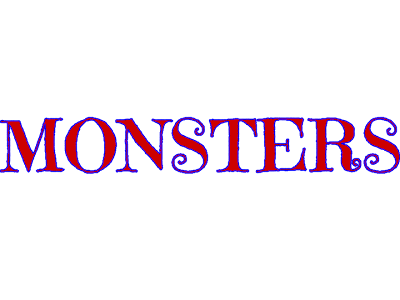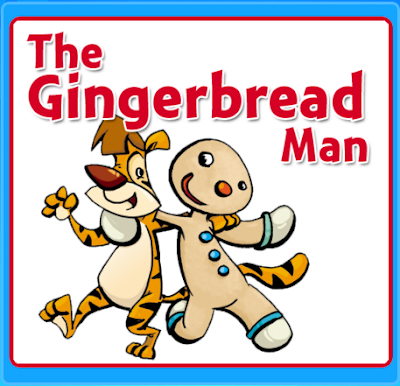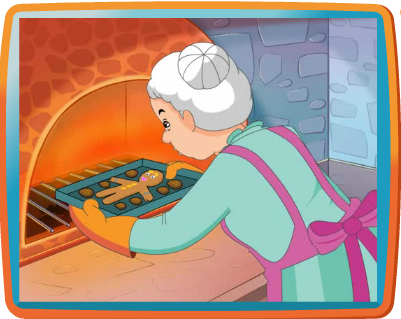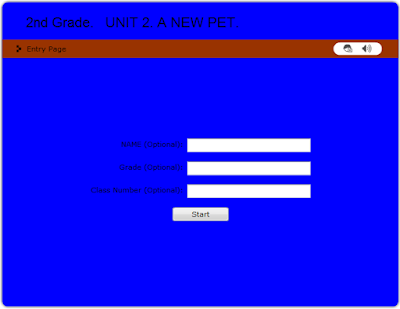Hello Everyone!!!
Read the following grammatical information about the most common prepositions of time in English
"at" - "in" - "on"
We use these prepositions as follows:
<< AT >>
for a precise time.
<< IN >>
for months, years, centuries and long periods of time.
<< ON >>
for days and dates.
Now, read carefully the following table with some examples:

Look at these sentences.
I've got a meeting at 09:00 am.
The shop closes at midnight.
Jane comes at lunchtime.
It often snows in December.
Do you work on Mondays?
His birthday is on 13th August.
Where were you on New Year's day?
Notice the use of the preposition of time "AT" in the following standard expressions.

We use these prepositions as follows:
<< AT >>
for a precise time.
<< IN >>
for months, years, centuries and long periods of time.
<< ON >>
for days and dates.
Now, read carefully the following table with some examples:

Look at these sentences.
I've got a meeting at 09:00 am.
The shop closes at midnight.
Jane comes at lunchtime.
It often snows in December.
Do you work on Mondays?
His birthday is on 13th August.
Where were you on New Year's day?
Notice the use of the preposition of time "AT" in the following standard expressions.

Notice the use of the prepositions of time "IN" and "ON" in these common expressions.

Remember, when we say
"last", "next", "every", "this"
we don't use "at", "in", "on".
Look at the sentences, as examples.
I went to London last June.
He's coming back next Thursday.
I go home every Christmas.
She called you this morning.
Click on the pictures belows,































